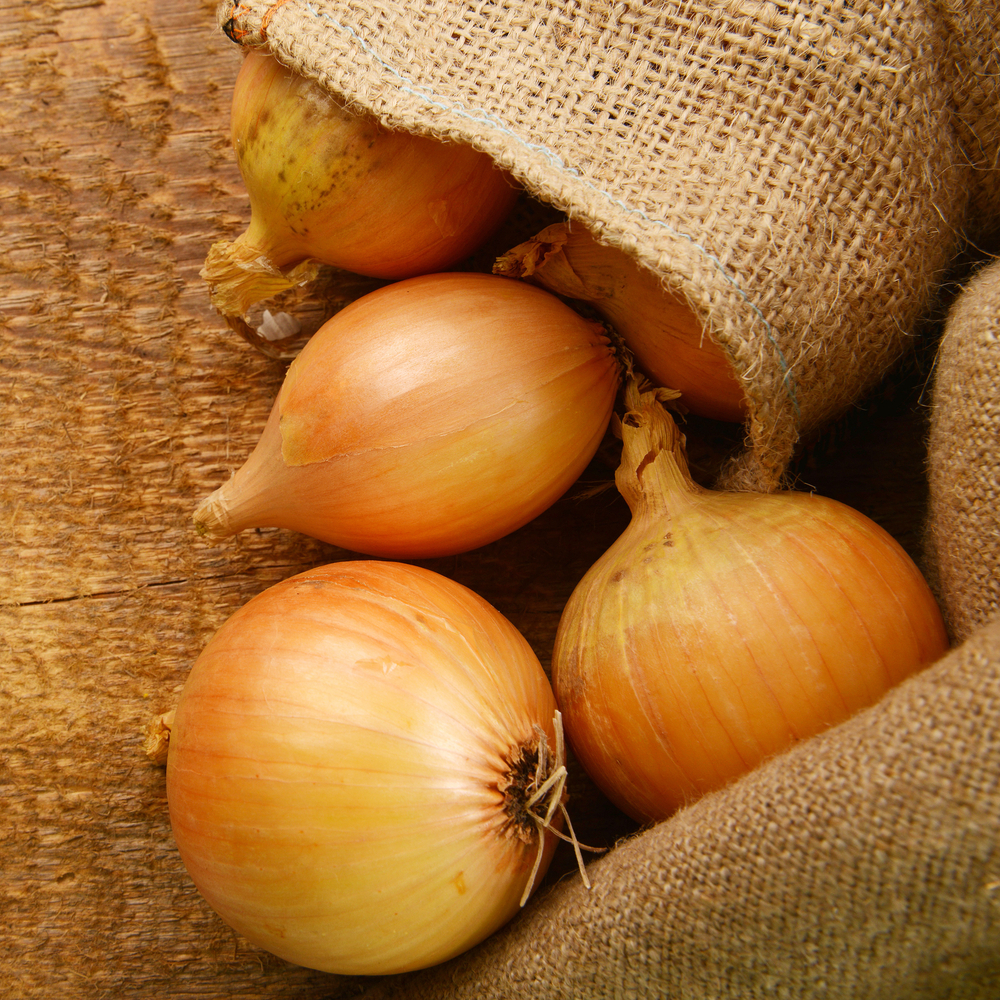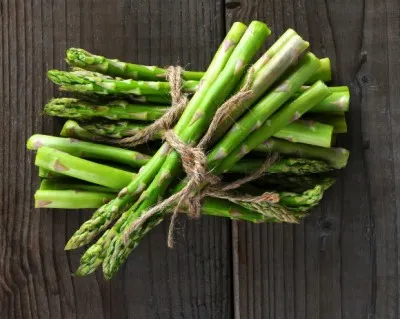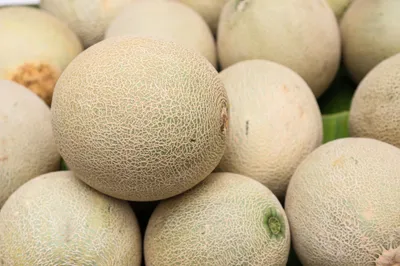Yesterday, I featured Environmental Working Group’s (or EWG) annual “Dirty Dozen,” a list that pinpointed the most pesticide-prone produce in America. Based on data collected by the U.S. Department of Agriculture and Food and Drug Administration (USDA), this list isn’t meant to deter us from eating our veggies—it’s meant to help us make more informed shopping choices—to help us either opt for organic produce when purchasing pesticide-prone foods or substitute with produce from the EWG’s 2015 Clean Fifteen—a list, again, organized according to U.S. Department of Agriculture and Food and USDA testing.
If you don’t buy organic, health experts, like David Suzuki, suggest avoiding toxic pesticides linked to health issues including cancer, hormone disruption, and brain toxicity, by buying from the Clean Fifteen, a list of least-contaminated fruits and vegetables, whenever possible…
1. Avocado
Officially leading the charge in 2015, avocadoes proudly top the Clean Fifteen list. This means that the tree fruit with the leathery skin (nope, it’s not a vegetable) from Central America and Mexico absorbs the lowest amount of pesticides.
Now the thick, scaly skin of the avocado kind of explains its nickname, “alligator pear,” and also the reason why the fruit remains largely pesticide free. If you love guacamole, you’ll be thrilled to know that only 1-percent of the fruits you purchase to make your favorite dip contain any trace of pesticides.
2. Sweet Corn
According to the EWG’s Dirty Dozen list of pesticide-prone produce, testing by the USDA showed that trace pesticides often linger on fruits and veggies even after thorough washing and peeling, but not so with sweet corn.
Fortunately, the summer favorite crop was found to contain low traces of pesticides, landing what’s inside that husk second on the cleanliness list. While buying non-GMO, organic corn will assure even less presence of harmful chemicals, sweet corn crops, even when non-organically grown, contain lower pesticides after shucking.
3. Pineapple
If you dig the sweet, juicy, exotic taste of pineapple, you’ll be starting a limbo tournament over the news that this fruit landed on the low pesticide side of the pole. Pineapple came out third lowest in measurable pesticides—with less than one- percent of fruit samples showing any sign of pesticide residue.
Researchers from the Environmental Working Group note that the thick outer layer of spiny pineapple skin acts as protection, defending the inner fruit from higher traces of pesticide absorption.
4. Cabbage
If you consistently reach for spinach, one of the vegetables on the EWG’s Dirty Dozen list of pesticide-prone foods, you’ll find a worthy salad and stir-fry substitute in cabbage, which landed fourth on the list of Clean Fifteen.
Cabbage showed low traces of pesticide residues in more than eighty-percent of veggie samples tested, and extra piece of mind results show that not one of the dense, leafy Brassica vegetables showed traces of more than five different chemicals in any one sample tested.
5. Frozen Sweet Peas
While frozen snap peas landed on the naughty list, frozen sweet peas remained on the golden side of the Clean Fifteen—with low pesticide residues in roughly 80-percent of sweet pea samples tested, and no sample showing more than five various chemical residues.
This means that while you may want to avoid snap peas and bell peppers (both among the Dirty Dozen) in your stir-fry—sweet green peas are among the least likely veggies with pesticide residue. Even better, you can grow sweet peas quite easily in your own backyard garden or buy pods at your local farmers market.
6. Onions
Peeling away that onion skin might make you cry, but you won’t shed a single tear for high traces of pesticides. Sure, the thick, papery skin might provide some protection from chemical absorption, but onion crops require far less pesticide spaying compared to other crops.
This vegetable’s over-powering pungent smell and firm quality work as added deterrent for pests, which means crops are sprayed less. Buy onions by the bag and store them for quite some time in a cool, dry cold storage unit or pantry.
7. Asparagus
Asparagus crops, like onions, tend to require fewer pesticide sprays, which might explain its seventh spot on the Clean Fifteen. During USDA testing, asparagus showed low trace chemical residues in approximately 90-percent of samples taken—with no one sample containing more than 5 different chemical types.
Asparagus is quite easy to grow, requiring little protection from pests and low maintenance care to grow bushels of firm, bright green spears with stunning purple tips.
8. Mangos
Sweet, sweet mango! I’m so happy to report that this juicy, exotic fruit made the Clean Fifteen list because I put it in everything—from salads to stir-fries and smoothies to granola. In fact, less than 10-percent of the mango samples taken contained any detectible trace of pesticides.
Fortunately, for lovers of this sweet, fleshy fruit, the bright yellow inside is largely guarded from pesticide absorption by the thick, green skin. However, when prepping mangos for slicing, wash the outside peel thoroughly before cutting to rinse off any possible chemical transfer.
9. Papaya
Papaya, like the mango, is blessed with a thick, strong skin that protects the inner vibrant yellow fruit from the majority of pesticide absorption. This means the chemical residue coats the peel, and as long as you wash it before preparing, you won’t transfer any pesticides to the fruit.
Choosing a papaya is tricky business. Before buying, squeeze the fruit lightly to find one that’s slightly spongy with and show no shriveling. If you want to quicken the ripening process, put your papaya in a paper bag to concentrate the levels of ethylene gas.
10. Kiwi
The kiwi, or Chinese gooseberry, really is a vine-grown berry. The brown, fuzzy peel is what provides the majority of protection from pesticide residue absorption. This means if you slice your kiwis and scoop out the fleshy fruit with a spoon, you’d be wise to give them a good rinse and wipe before you slice them in two.
Like a papaya or avocado, non-ripened kiwis can be in your belly faster if you store hard fruits in a paper bag. The paper bag will increase levels of ethylene gas production, which speeds the ripening process.
11. Eggplant
According to research from the Environmental Working Group, eggplants deserve their eleventh slot on the Clean Fifteen due to the fact that no traces of pesticide residue turned up in approximately 75-percent of tested samples.
This lack of trace chemicals is credited to the eggplants thick, purple skin, which protects the nightshade vegetable from contamination by pesticides and damage from pests.
12. Grapefruit
It might surprise you that grapefruits took the twelfth spot on the Clean Fifteen list, especially when you learn that during USDA testing 50-percent of the grapefruit samples showed positive results for pesticide residue.
Still, only 17-percent of grapefruit samples tested displayed more than one chemical residue variety. This may be due to the thick, sour peel that may provide protection from grapefruit pesticides as well as deter pests.
13. Cantaloupe
Have you ever cut an entire cantaloupe? It’s takes quite a bit of effort thanks to the fruit’s thick, strong, brown rind. The vibrant, fleshy, orange insides have their own build-in natural defenses against the onslaught of pests and pesticides.
Plus, melons, like cantaloupe and watermelon (which landed lower on the list of Clean Fifteen) contain more vitamin A and vitamin C than kiwi, papaya, oranges, and grapefruits!
14. Cauliflower
According to the Environmental Working Group’s Clean Fifteen, pesticide tests on cauliflower samples showed low pesticide load, placing this Brassica veggie among the safest conventionally-grown consumable crops.
So like it’s friend, the cabbage (also from the Brassicaceae family of vegetables) cauliflower remains a relatively safe vegetable to buy from non-organic sources compared to kale, spinach, and collard greens, which all landed on the list of Dirty Dozen.
15. Sweet Potatoes
While regular potatoes landed high on the list of Dirty Dozen, chemicals can’t touch the more nutritious and (personally) delicious sweet potato with the vibrant yellow or orange flesh.
Not only is this sweet tuber celebrated as a lower-starch, higher vitamin-packed alternative to the white potato—sweet potatoes aren’t prone to pesticide contamination. Subbing this sweet variety for your potato choice in casseroles, side mashes, soups, and stews ensures a super food packed with beta-carotene and vitamin A.


















